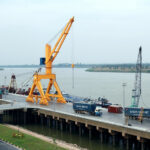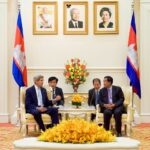Private land
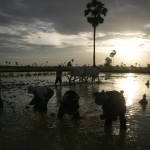
Rights to private land ownership were guaranteed in the 1993 Constitution and formally established by the 2001 Land Law. Despite an established legal framework to protect private property rights, those rights are often insecure for many. ...
Disaster and emergency response funding
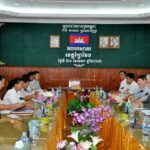
Cambodia has begun to integrate disaster and climate resilience goals into its national policies but implementation remains difficult. In the National Action Plan for Disaster Risk Reduction 2014–2018, the government prioritizes the target to: “build a resilient nation and local communities to pursue sustainable development.” ...
SDG 11 Sustainable cities and communities
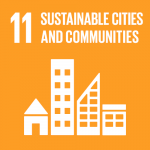
SDG 11 – “Making cities and human settlements inclusive, safe, resilient and sustainable” – aims to improve housing, transport, public spaces and urban environments, and strengthens resilience to disasters and climate change.There are seven targets covering specific areas and three means of implementation targets.51 Most of the ...
Coal
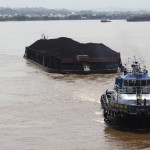
Although exploratory work has indicated the presence of modest coal resources in northern Cambodia, no commercial-scale mining has yet begun. The coal used in electricity generation and for other purposes is imported.A coal barge from Samarinda coal mine on the Mahakam river. Indonesia, Borneo. Photo ...
Decentralization and deconcentration
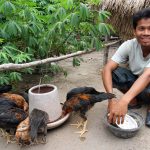
Decentralization and deconcentration are seen as “internally driven” reforms97, where the national government gradually delegates power, involving either administration or finance, to local governments to administer in their locality.27-year-old Sun Sovath supports his family by raising chickens, in Kampong Thom, Cambodia. Photo by World Bank Photo ...
SMEs policy and regulation
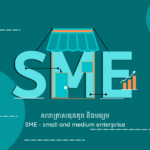
The Covid-19 pandemic has caused a major economic shock in Cambodia, having a spillover on Cambodian micro, small and medium enterprises (MSMEs) and small household farmers’ survival and business continuity.125 Digital technologies are crucial during the pandemic, in which the owners of SMEs should focus ...
Biofuel crops
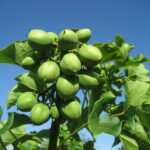
Biofuel crops have a significant potential for contributing to future energy requirements worldwide. Agricultural lands offer energy farming as an alternative to their usual role of food production. Biofuel crops are an environmentally valuable means of sustainable energy production.201 The demand for transport fuels in ...
Pandemics

Pandemics are disease epidemics that spread from person to person as a result of human-to-human transmission. Many medical texts do not define the term “pandemic”. However, some key characteristics of pandemics, including wide geographic spread, disease movement, novelty, severity, high attack rates and explosiveness, minimal ...
Ministry of Foreign Affairs and International Cooperation
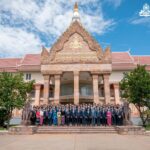
Ministry of Foreign Affairs and International Cooperation. Photo taken from the ministry’s Facebook Page, taken on 23 August 2023.EstablishmentUnder Royal Decree No. NS/RKM/0196/10, the Ministry of Foreign Affairs and International Cooperation (MFAIC) was formally established on 24 January 1996. The ministry has a total of ...
Micro-finance
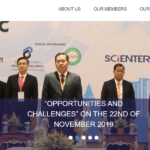
The COVID-19 pandemic has hit global and Cambodia’s economies hard, having a spillover on the stability of the banking system. Banks and financial institutions have continued to provide services to customers, which can be seen through the rise in the number of depositors’ accounts to ...
Vocational education
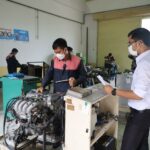
By definition, Vocational education refers to the program that enables people to acquire highly transferable and development skills. It also grants people the necessary technical skill for their desired career.421 Cambodia’s vocational education plays an important role during the country’s economic structural transition and the ...
Non-renewable energy production
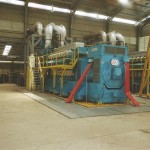
Non-renewable energy sources are chiefly fossil fuels such as coal, diesel, oil and gas. They provide most of Cambodia’s locally-produced electrical supply – in 2011 diesel and heavy fuel oil generators provided 89% of local electricity generation. ...
Garments and textiles
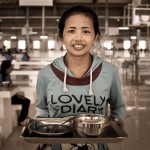
The garment industry has rooted in Cambodia earlier than the footwear industry. As a result of trade privileges given by the U.S. and EU, both industries have blossomed. As of 2013, the garment and footwear industries were accountable for about 80 percent of Cambodia’s total ...
Ground water

Cambodia relies heavily on its groundwater resources to overcome water shortages during the dry season. More than half of the population depends on it when enough surface water is not available. At a certain depth, the ground is saturated with water, and the upper surface ...
Labor policy and administration
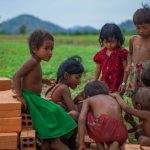
Children working with bricks, Cambodia. Photo by Sodanie Chea, take on 6 June 2013. Licensed under CC BY 2.0Cambodia has a total population of slightly over 15 million, most of whom are under the age of 30. An estimated 250,000 people enter the job market ...
Deforestration drivers
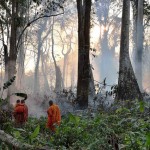
Deforestation has been one of the most significant changes the Cambodian landscape has undergone in recent decades. Key drivers of this process have been land concessions and subsequent land conversion, and large-scale illegal logging. ...
Higher education

Higher education, in general, refers to education beyond the secondary level. Higher education institutions (HEIs) in Cambodia can be classified into three categories: The Royal Academy, university, and college. Cambodia’s higher education consists of an associate degree, four years of undergraduate education, two years of ...


